Design sprint templates
Stop debating and start testing: Turn five days of meetings into five hours of real answers
Three weeks of stakeholder debates about button colors. Endless Slack threads dissecting Feature A versus Feature B. Everyone has opinions, but nobody has evidence—so you're stuck in analysis paralysis while competitors ship and iterate.
Here's what happens with a proper design sprint: You go from "What do users actually want?" to "Here's what we learned from real testing" in a single week. No guessing games. No design-by-committee disasters. Just structured collaboration that gets you validated answers fast.
Miro's design sprint templates create the focused, visual workspace your team needs to run sprints that actually work. Whether you're tackling a new product concept or solving a persistent customer pain point, these templates guide you through the exact process that helps teams test risky ideas before investing months in development.
About the design sprint templates collection
This collection serves product teams, designers, and innovation leaders who need to validate ideas quickly without burning budgets or timelines. These templates tackle the core challenge of modern product development: making confident decisions when uncertainty is high and resources are tight.
The templates cover every sprint phase—problem framing, solution sketching, prototyping, and user testing. You'll find classic five-day sprints, condensed versions for faster-moving teams, and specialized variations for design thinking workshops. Each template keeps your team focused and productive, even when working asynchronously across time zones.
Why you'll love the design sprint template collection
One week, real validation. Compress months of traditional development into five focused days. Map the problem Monday, sketch solutions Tuesday, decide Wednesday, prototype Thursday, validate with real users Friday. This structured timeline forces clarity and eliminates the drift that kills momentum.
Visual collaboration that works anywhere. Your designer in Berlin sketches solutions while your product manager in Austin maps user journeys and your stakeholder in Singapore adds feedback—all on the same canvas. Real-time and asynchronous collaboration means geography doesn't slow you down.
Built-in decision frameworks. Stop letting the loudest voice dictate product direction. The templates include voting mechanisms, prioritization matrices, and structured critique formats that surface the best ideas democratically. Clear, documented decisions instead of political maneuvering.
From sketch to prototype seamlessly. Crazy Eights flow into solution sketches. Sketches become storyboards. Storyboards transform into testable prototypes. The entire journey from problem to validation lives in one workspace—nothing gets lost in translation.
How to use the design sprint templates
Step 1: Frame your challenge. Select a template matching your timeline. Define the specific problem you're solving and document your sprint goal clearly.
Step 2: Assemble your team. Invite 5-7 people including a facilitator, decision-maker, and key stakeholders. Share the board and clarify roles and time commitments.
Step 3: Map the problem space. Visualize your user journey, identify pain points, and agree where to focus. This shared understanding prevents misalignment later.
Step 4: Generate and critique solutions. Run structured ideation like Crazy Eights. Everyone generates ideas individually first, then critique objectively using the template's framework.
Step 5: Decide and storyboard. Vote on the most promising solutions. Create a detailed storyboard mapping exactly what users will experience in your prototype.
Step 6: Build a realistic prototype. Transform your storyboard into something users can interact with. Focus on realistic enough to get genuine reactions, not pixel-perfect.
Step 7: Test and capture insights. Use the interview guide to test with real users. Capture observations and reactions directly on the board. Look for patterns.
Step 8: Synthesize and decide next steps. Review findings as a team, document key learnings, and decide whether to iterate, pivot, or proceed to development.
Customize these templates for your team's needs and save your versions for future sprints. Many teams develop their own variations—three-day sprints for faster iteration, two-week sprints for complex challenges.
FAQ about design sprint templates
How does Miro AI help with design sprints?
Miro AI generates workshop summaries, clusters user feedback themes, and helps teams brainstorm faster. During mapping, AI structures notes into clear journey maps. After testing, it analyzes feedback patterns to surface insights you might miss manually.
Can we adapt the five-day format?
Absolutely. While five days works for big strategic questions, many teams run condensed versions—three days, single-day rapid sprints, or even asynchronous two-week sprints across time zones. The templates are flexible frameworks, not rigid requirements.
What if we've never run a design sprint before?
The templates guide first-time facilitators through the entire process. Each phase includes instructions, timings, and facilitation tips. You don't need specialized training—just commitment to the structured process. Most teams find their first sprint feels awkward but produces surprisingly good results.
How do sprints differ from regular brainstorming?
Brainstorming generates ideas but rarely produces actionable results. Design sprints add structure, decision-making frameworks, and user validation. You're not just generating ideas—you're rapidly prototyping and testing them with real users before committing resources.
Ready to stop debating and start validating? Explore the design sprint templates and discover what your users actually want before you build it.




































